IN OTHER LANGUAGES
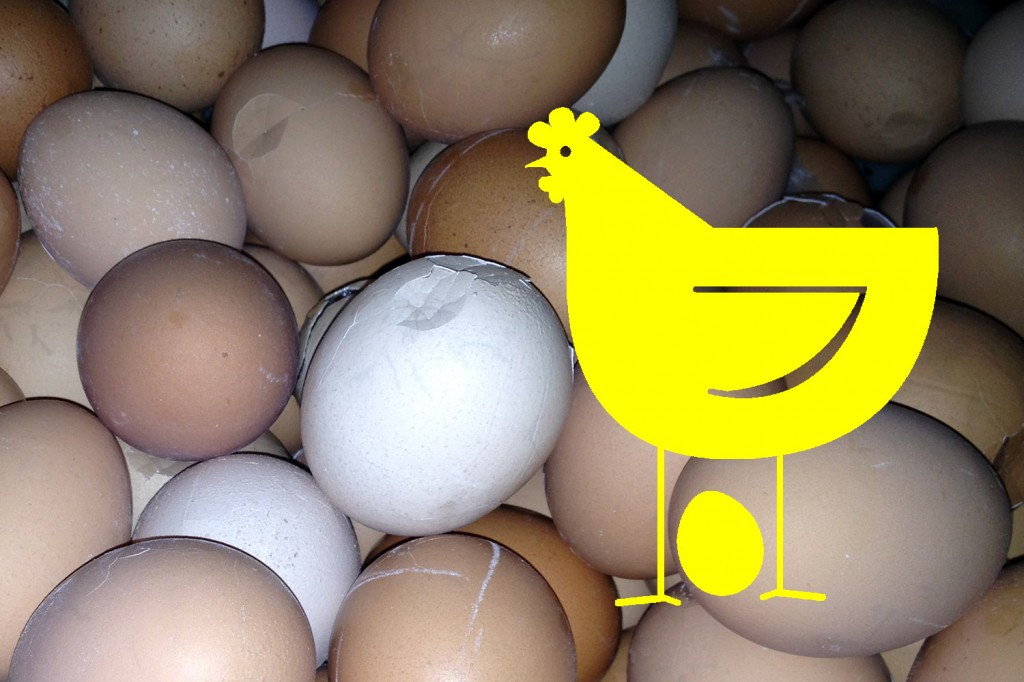
Poor egg shell quality is major concern for the egg producer. An increased number of broken or cracked eggs has a negative impact on income and is also associated with potential risks to egg safety when egg inspection is not performed properly.
The problem of broken or cracked eggs is more serious in older hens. Hens have a limited capacity to deposit calcium in the shell. Older birds lay bigger eggs and the same amount of calcium as smaller eggs must be distributed over a larger area. As a consequence, older animals produce eggs with weaker shells.
Eggs from older birds also show higher incidence of other eggshell deficiencies, such as “sand paper” shell and depigmentation defects.
Besides age, another important factor for eggshell quality is heat stress, that impacts the hens in two ways:
1) High temperatures lead to a significant reduction of feed intake and therefore to a reduction of the calcium available for eggshell formation (Daghir, 2008).
2) Since the skin of the hen has no sweat glands, evaporation takes place through severe panting, that produces a condition known as respiratory alkalosis. During respiratory alkalosis, the acid-base balance of the blood is disturbed and plasmatic concentrations of calcium and bicarbonate, that are necessary to synthetize the eggshell, are decreased (Cavalchini et al, 1990).
It has been found that older layers are more severely affected by heat stress than younger animals (Jones, 2006).
The trial was performed in a commercial layer farm located in North China during July 2014. Temperature during day time reached more than 32ºC for the trial period.
Laying hens were 55-weeks old. Eggs showed problems of high occurrence of cracks, sand-paper texture and depigmentation.
PhytoMax© was administered through drinking water during 5 days. the eggshell quality was observed every day.
Defects in pigmentation, high incidence of pale eggs. Eggshell was rough, with sand-paper texture, thin and cracked easily.
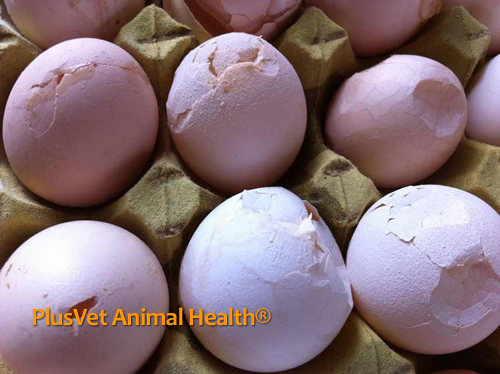
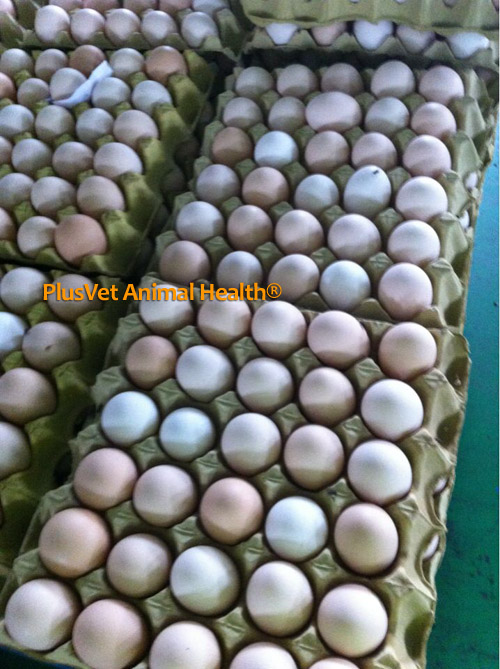
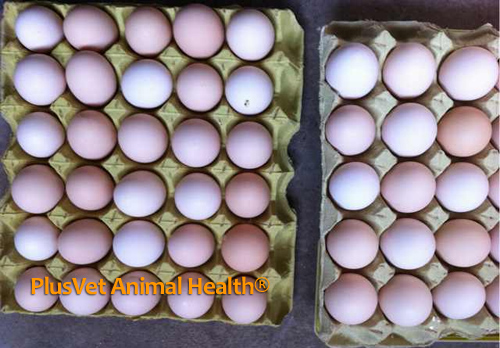
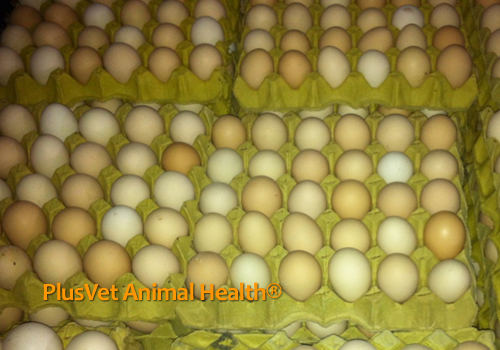
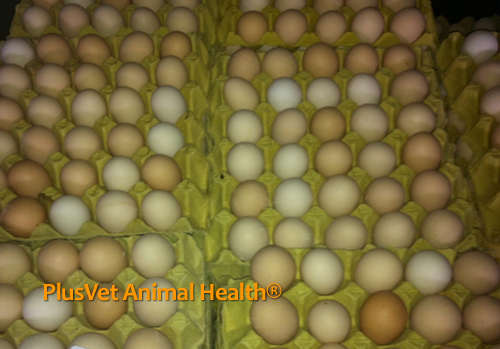
After only five days, the effects of PhytoMax© are clear and visible at the naked eye. The productive parameters that were also observed during the trial (% laying rate, % qualified eggs, mortality) were not improved yet with the use of the product, as it takes a longer administration time.
PhytoMax© is a combination of vitamins and phyto-active ingredients to be added through drinking water, designed to improve productivity of laying and breeding hens.

Certain health statements may not be applicable in your region.